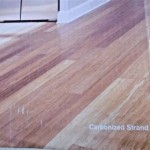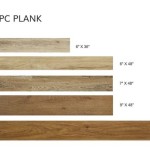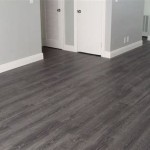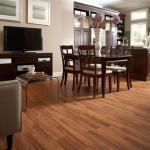Outdoor Play Area Flooring Ideas
Ensuring a safe and enjoyable play environment for children is paramount. A crucial aspect of this is selecting the right flooring for outdoor play areas. The flooring should be durable, safe, and appealing to children while accommodating various play activities. This article will delve into several outdoor play area flooring ideas, exploring their characteristics, pros, and cons to help you make informed decisions.
Rubber Flooring
Rubber flooring is a popular choice for outdoor play areas due to its excellent safety and durability characteristics. It is typically made from recycled tires, making it an environmentally friendly option. Rubber flooring provides excellent shock absorption, reducing the risk of injuries from falls. It is also slip-resistant, offering good traction for children running and playing. Additionally, rubber flooring is easy to clean and maintain, resisting stains and fading. However, some drawbacks include its relatively high cost and potential for heat absorption, making it uncomfortable on hot days.
Artificial Grass
Artificial grass, also known as synthetic turf, offers a natural look and feel while providing excellent durability and safety. It is water-resistant, requiring minimal maintenance and making it suitable for various climates. Artificial grass allows for drainage, preventing waterlogging and providing a comfortable playing surface. It is also hypoallergenic, reducing the risk of allergies for children. However, it can be more expensive than other options and may require occasional brushing to maintain its appearance. Additionally, it can become hot in direct sunlight, requiring shade structures for prolonged play.
Wood Flooring
Wood flooring adds a natural aesthetic to outdoor play areas, creating a warm and inviting atmosphere. It is available in various types of wood, offering a range of colors and textures. Wood flooring is durable and can withstand heavy foot traffic. It also provides excellent traction and a comfortable playing surface. However, wood flooring requires regular maintenance, including sanding and sealing, to protect it from weather damage and wear and tear. It can also be susceptible to splintering, requiring careful upkeep to prevent injuries.
Sand Flooring
Sand flooring is a classic choice for outdoor play areas, offering a natural and versatile surface. It is relatively inexpensive and easy to install. Sand provides a soft and forgiving surface for falls, reducing the risk of injuries. It is also excellent for building sandcastles and engaging in other imaginative play. However, sand can be messy and difficult to clean. It can also blow around in windy conditions, creating a nuisance and requiring regular replenishment. Additionally, sand can attract insects, requiring regular pest control measures.
Pebble Flooring
Pebble flooring is an attractive and durable option for outdoor play areas. It is made from small stones, offering a textured and slip-resistant surface. Pebble flooring is easy to maintain and withstands heavy foot traffic. It also provides good drainage, preventing waterlogging. However, pebble flooring can be harsh on bare feet and may be uncomfortable for prolonged play. Additionally, it can be difficult to clean and may require special cleaning solutions to remove stains.
Concrete Flooring
Concrete flooring is a durable and cost-effective option for outdoor play areas. It is resistant to wear and tear and provides a stable surface for various play activities. Concrete flooring is also easy to clean and maintain, requiring minimal upkeep. However, it can be unforgiving on falls, increasing the risk of injuries. Concrete can also get hot in direct sunlight, requiring shade structures to prevent burns. Additionally, it may be aesthetically less appealing than other flooring options.
Other Considerations
When selecting outdoor play area flooring, it is essential to consider factors like the age of the children, the types of play activities, and the local climate. For younger children, softer surfaces like rubber or sand are preferred. Older children can handle more robust options like wood or concrete. Additionally, the flooring should be chosen based on the play equipment and activities planned for the area. For example, a climbing frame might require a softer surface like rubber or sand to cushion falls.
Furthermore, the local climate should be considered when choosing flooring. In hot climates, lighter-colored flooring or materials that reflect heat are recommended. In wet climates, drainage and water resistance are essential factors. It is also important to consider the accessibility of the flooring for children with disabilities. Flooring should be even and non-slip, providing safe and easy access for all.

Cost Effective Outdoor Playground Flooring Over Grass Or Dirt

Playground Flooring And Equipment

Diy Playground Flooring Installation Guide Inc

The 5 Best Backyard Playground Surfaces Kid

Safe Play Tiles Rubber Playground Area Backyard Diy

Children S Outdoor Play Area Flooring Ideas And Designs Playsmart

Children S Outdoor Play Area Flooring Ideas And Designs Playsmart

Safe Outdoor Playground Flooring At Great S Rubber Mats Mulch Tiles And Pour In Place Surface

Diy Playground Flooring Installation Guide Inc

Reasons Why Daycares Are Installing Playground Surface With A Coat Of Rubber Flooring Blog








